
Common RV Refrigerators and Refrigerator Power Sources
RV Lifestyle & Repair EditorsMany refrigerators on RVs run off one or multiple of three main sources of power, depending on type of vehicle (trailer, fifth wheel, motor home) and power capabilities as dictated by vehicle size. These common power sources for refrigerators on RVs include electricity via generator, on-board battery and LP gas. However, since the 1980s most manufacturers have started to only offer two of the three main power sources – LP gas and 120-volt electricity – as options to power refrigerator units on RVs.
In this quick video lesson, RV expert Dave Solberg gives you a rundown on RV refrigerators, explaining what’s probably on your unit and teaching you everything you need to operate, maintain and troubleshoot the fridge mounted on any modern vehicle. He pops open the exterior hatch on his demo vehicle’s fridge, which is a 4-door, 12-cubic-foot Norcold to demonstrate what you can expect out of your cooling unit. With Dave’s help, you’ll learn why it’s so important to get to know your fridge’s capabilities, power requirements, and components.
Getting to Know Common RV Refrigerators
In the past few decades, manufacturers of the most commonly equipped RV refrigerators, Norcold and Dometic, have gone away from using 12-volt battery power to fuel refrigerators and are now mostly offering LP gas and 120-volt systems. This is primarily because the RV refrigerators operating off of 12-volt would tend to drain the battery down after six to eight hours of use. And that’s for chilling food that is already cold, let alone food that’s at room temperature. That just wasn’t sufficient!
For larger units, it is still possible to use an on-board 8- or 12-volt battery bank to fuel RV refrigerators with the assistance of an inverter to give you 120 volts of power. This means that the refrigerator will run as if it were using electricity even though it is only using 12-volt batteries. Because of their marginal size, smaller RV refrigerators with the freezer incorporated inside the single door will easily run off of the 12-volt battery.
4-door RV refrigerators are a nice option to have on your vehicle particularly since only a limited amount of coolness is allowed to escape when opened. This is because you can select which door to open, and thus there is no need to open up the entire unit just to get a drink. Keep the cool inside as much as possible, and you save your wallet a lot of extra legwork!
Major Takeaways About Your Fridge
By the end of this quick lesson, Dave will help you to understand why it’s so critical to know the size and model of your RV refrigerator, especially when it comes to operating and troubleshooting. As with any other appliance, when your fridge goes kaput while you’re out in the middle of nowhere, there probably won’t be a certified technician nearby.
It’s on you to know what’s going on inside and outside your fridge, so it pays to be aware! Plus, this information is important for knowing which power source works best with your unit, so you’re well prepared before you even hit the road!
Share tips, start a discussion or ask one of our experts or other students a question.
Already a member? Sign in
One Response to “Common RV Refrigerators and Refrigerator Power Sources”
Explore videos by RV Lifestyle & Repair Editors
Premium Membership
Unlock exclusive member content from our industry experts.
- 24/7 Access to Premium RV Maintenance Videos, Travel Inspiration, and Lifestyle Tips
- Step-by-Step Instructional Demos, Projects, and Guides
- 50% Off Video Downloads Purchased in the RV Lifestyle & Repair Shop
- Access to Ask the Expert Program
Unlock exclusive member content from our industry experts.
- 24/7 Access to Premium RV Maintenance Videos, Travel Inspiration, and Lifestyle Tips
- Step-by-Step Instructional Demos, Projects, and Guides
- 2 Full-Length Video Downloads to Watch Offline
- 50% Off Video Downloads Purchased in the RV Lifestyle & Repair Shop
- Access to Ask the Expert Program
Gold Membership
$333 Value
Get everything included in Premium plus exclusive Gold Membership benefits.
- 24/7 Access to Premium RV Maintenance Videos, Travel Inspiration, and Lifestyle Tips
- Step-by-Step Instructional Demos, Projects, and Guides
- 9 Full-Length Video Downloads to Watch Offline
- 2 Full-Length RV Repair Classes to Keep for Life
- Discounts on Purchase-to-Own Content in the RV Lifestyle & Repair Shop
- Access to Ask the Expert Program
- Exclusive GOLD LIVE Streaming Events

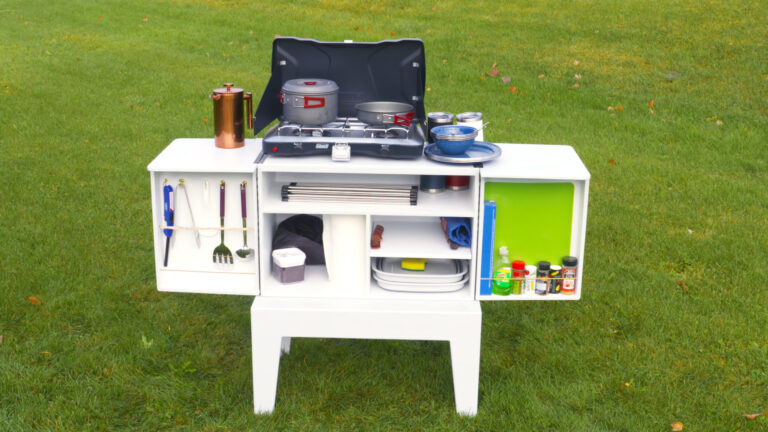
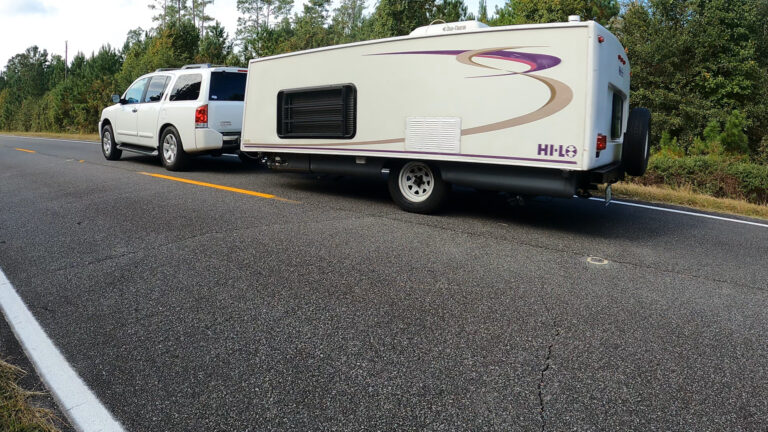
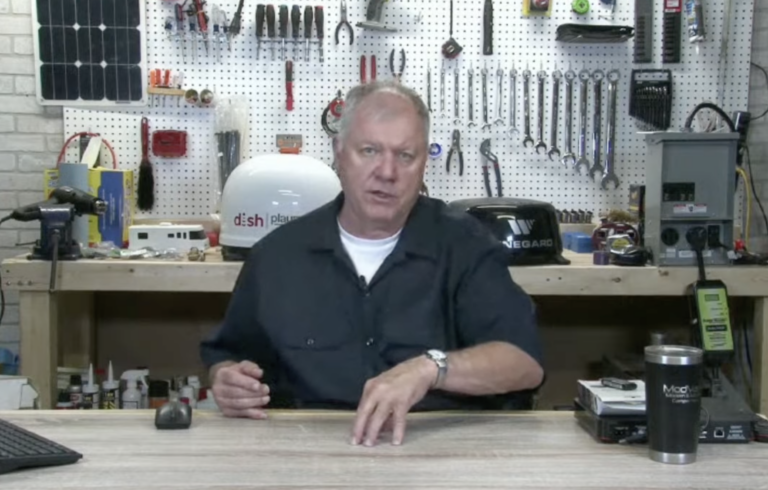
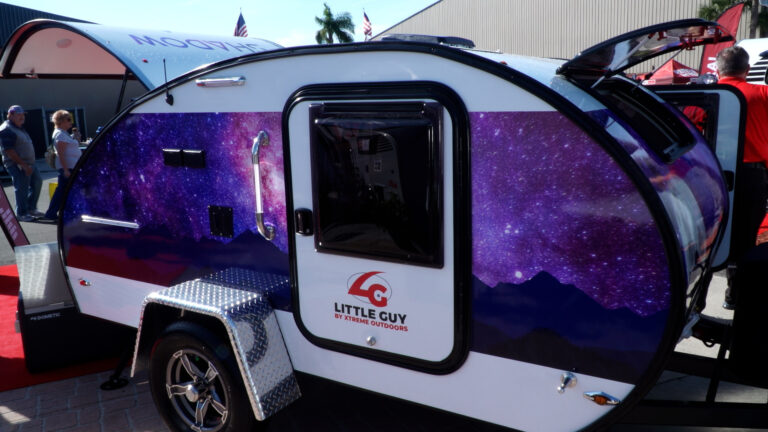
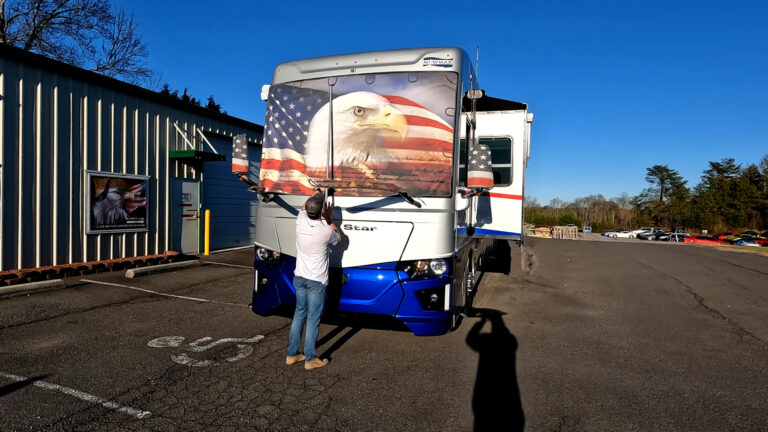
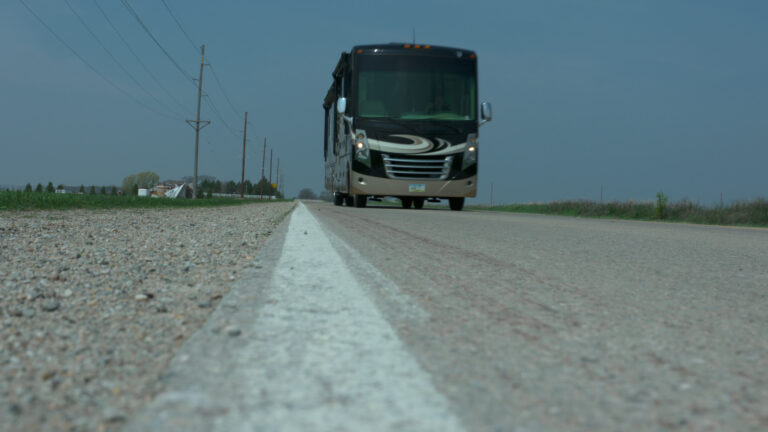
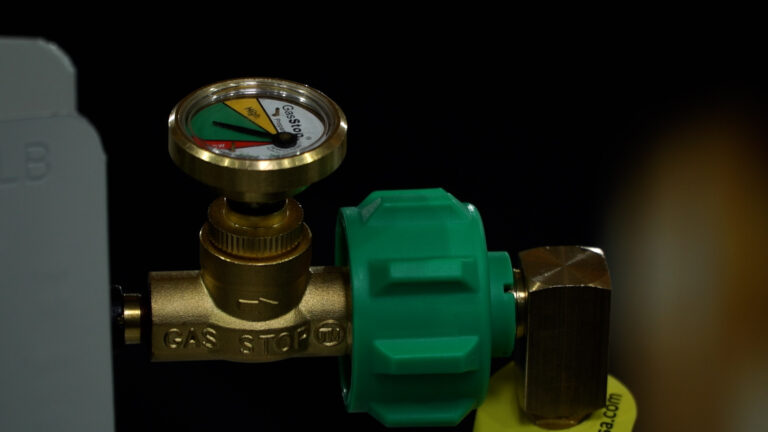



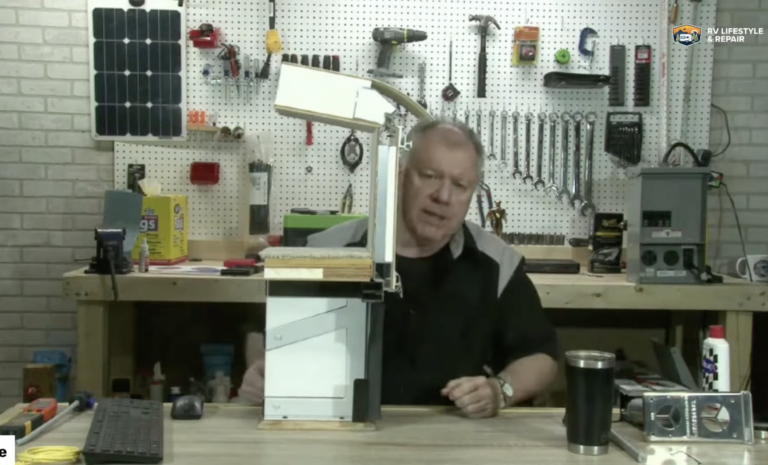

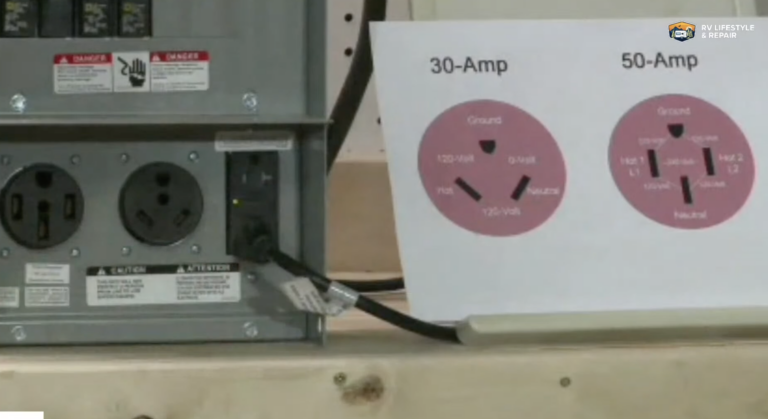

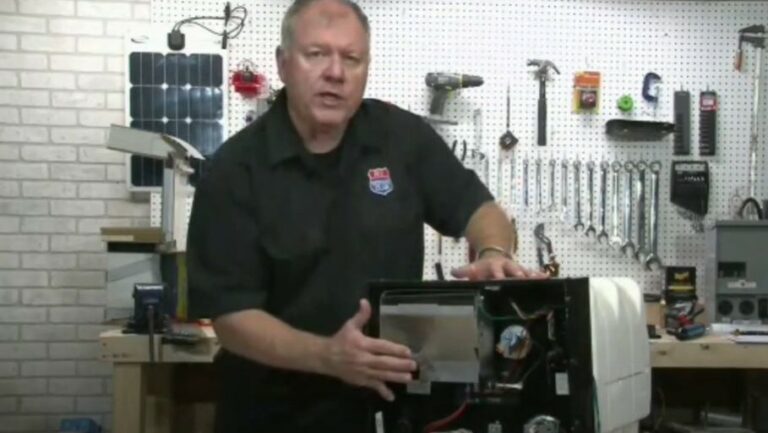
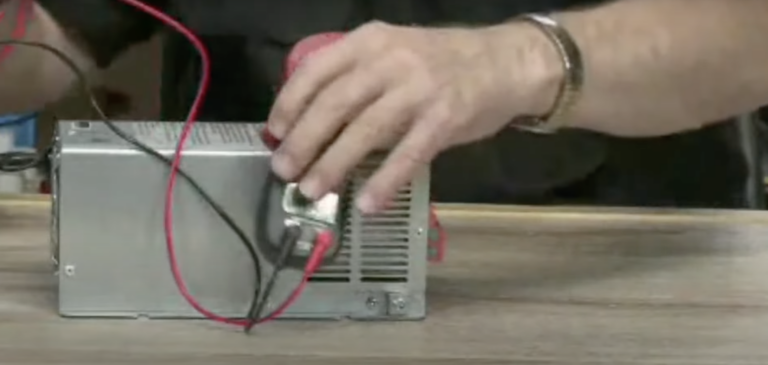
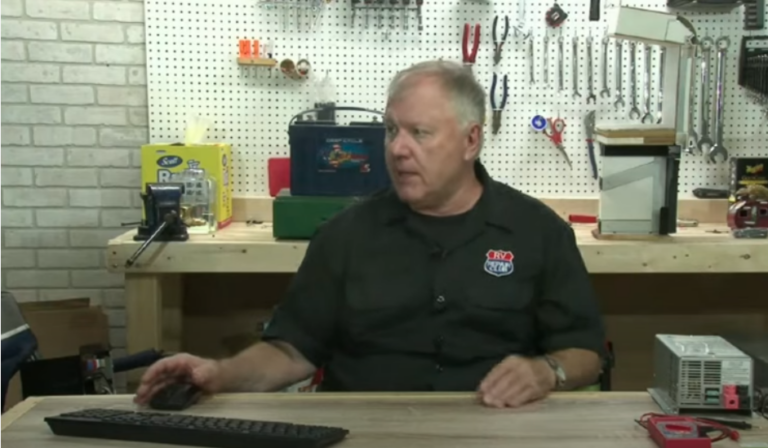
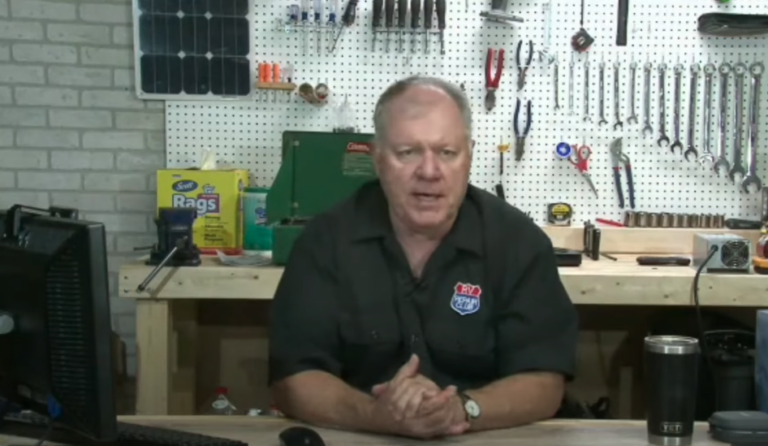
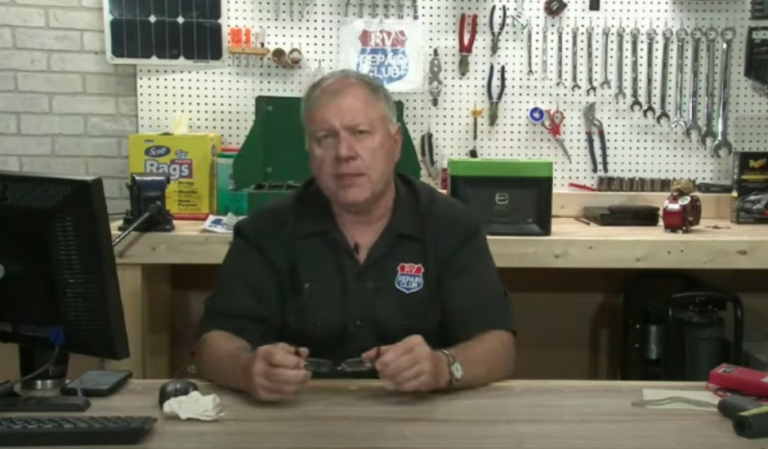
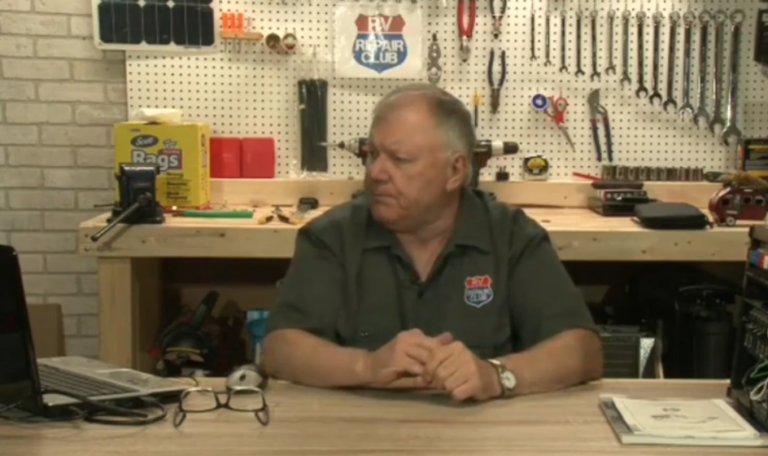
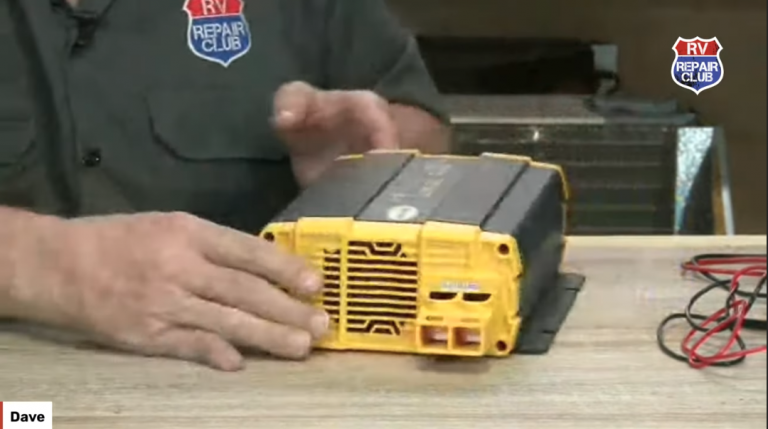
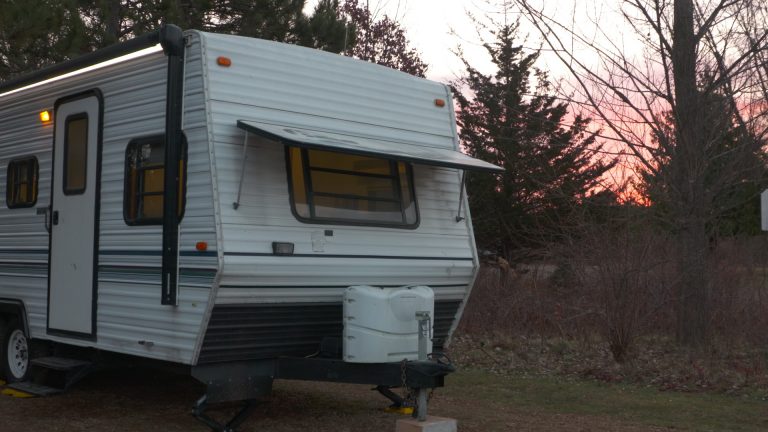
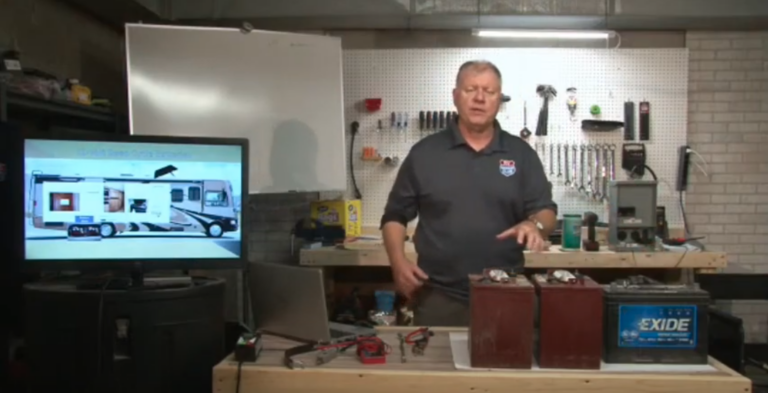

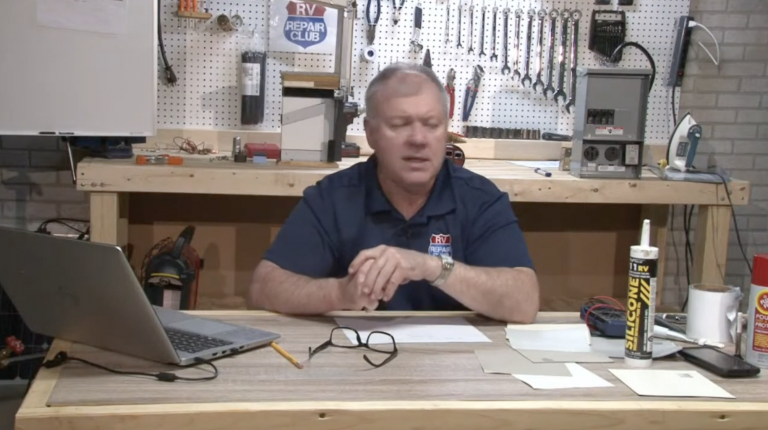



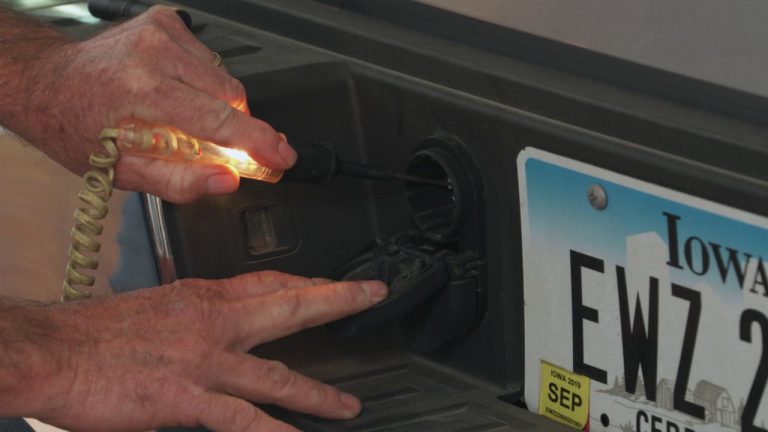




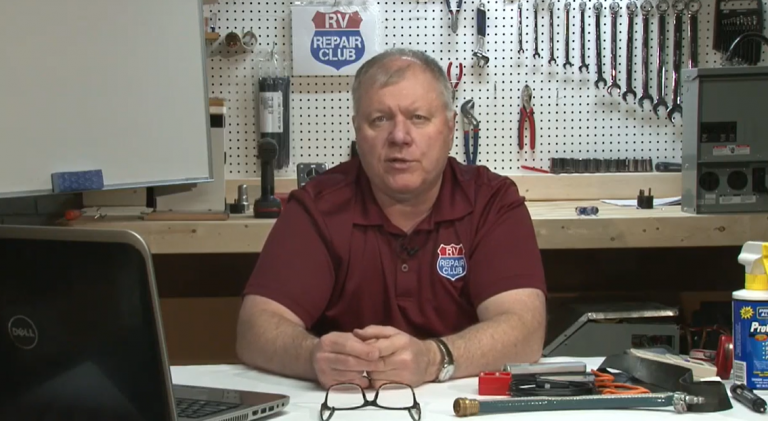
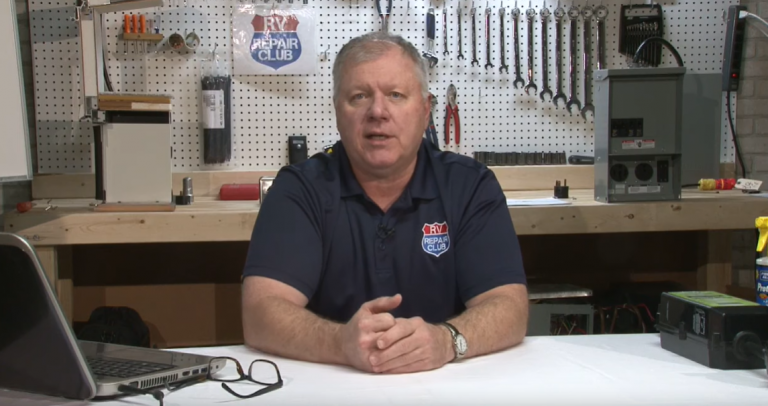

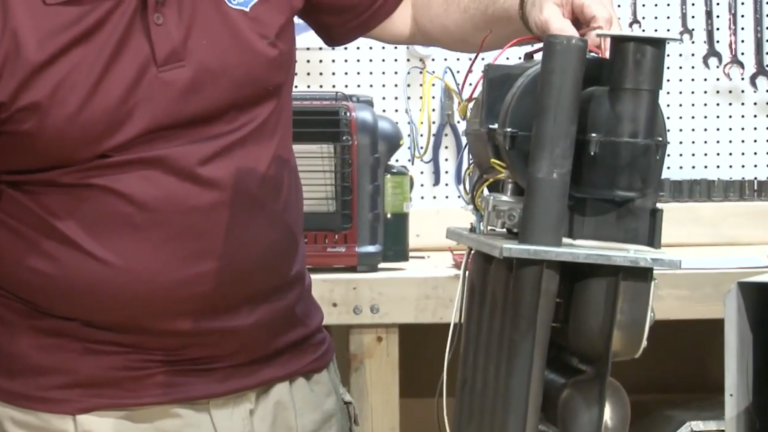
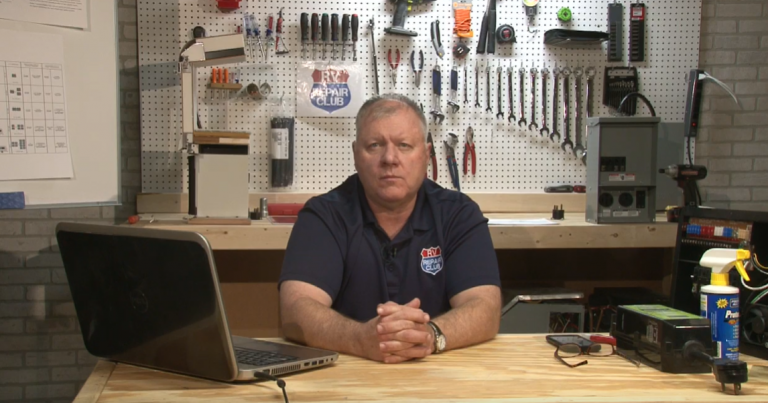

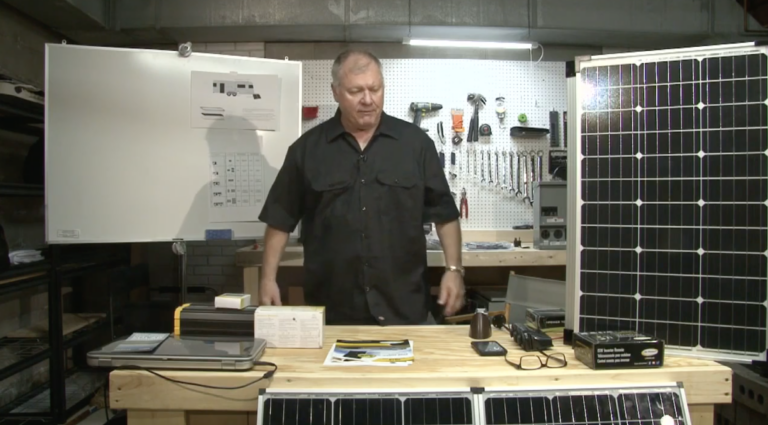
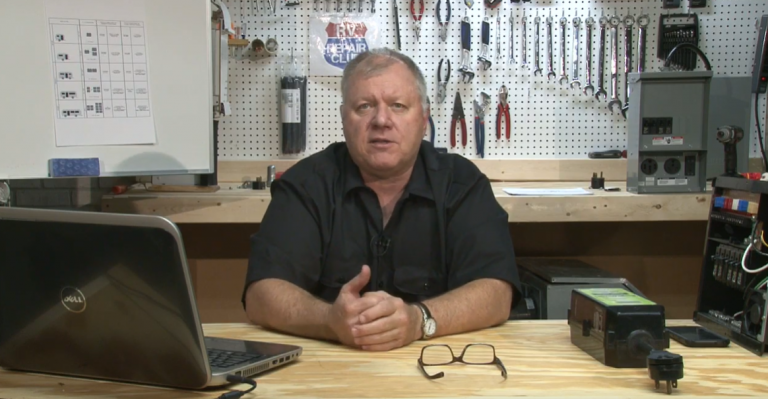
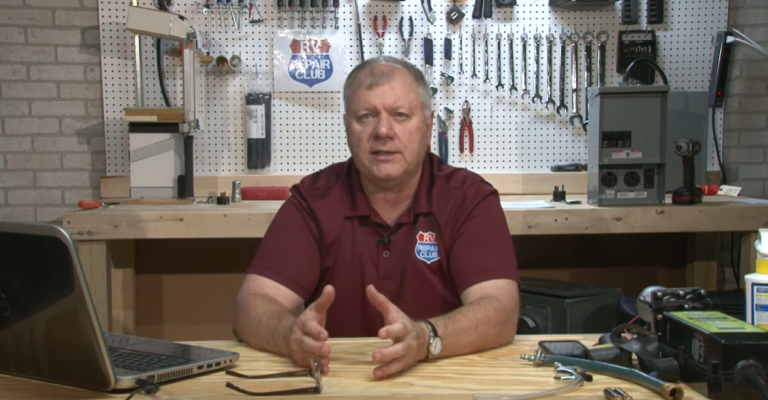


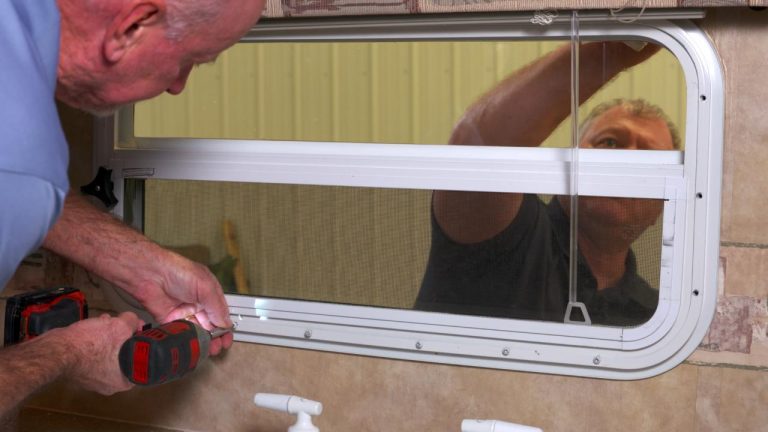
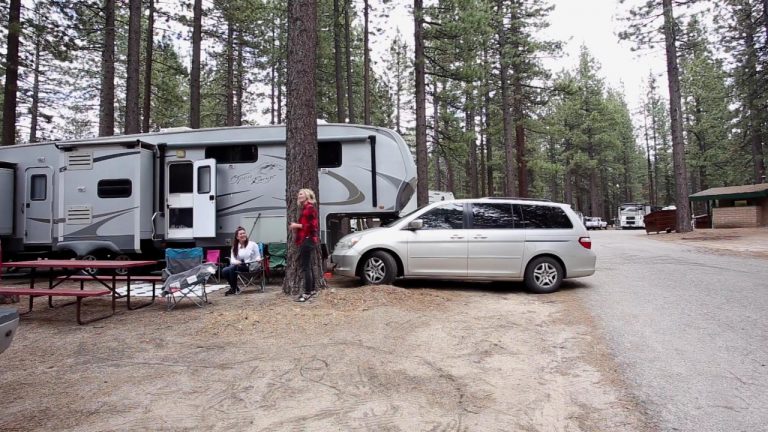

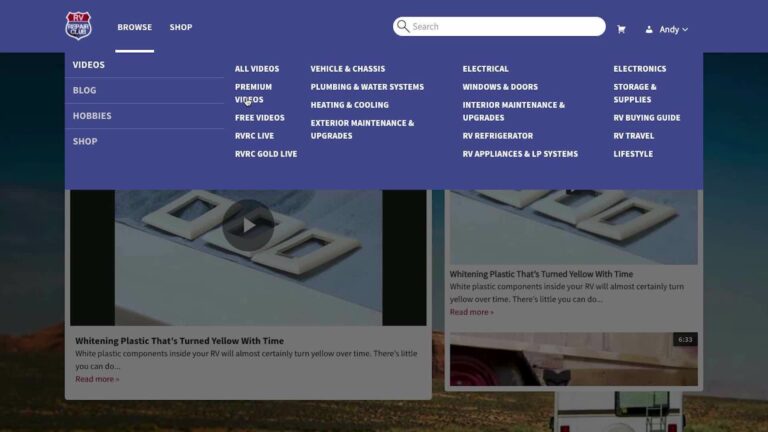
My Norcold started beeping saying AC NO. The frig was still cold but only stopped beeping if I changed to gas. What should I check out besides the fuse, power supply? My 5th whell is a 2018 Laredo with the 4 door model